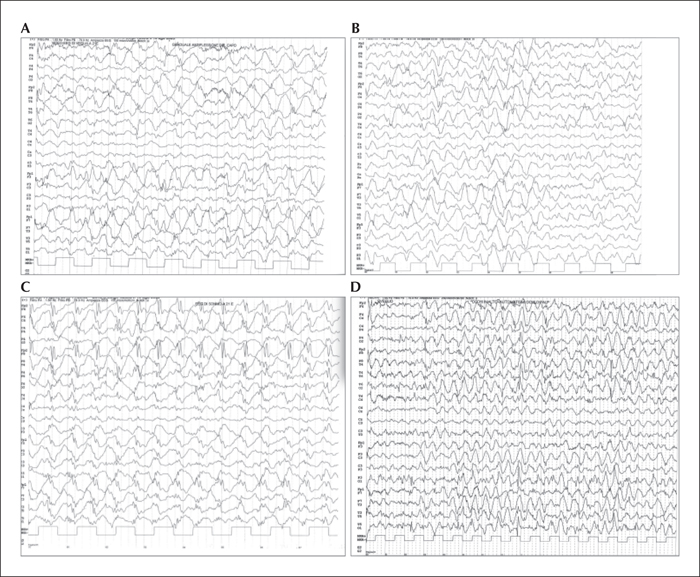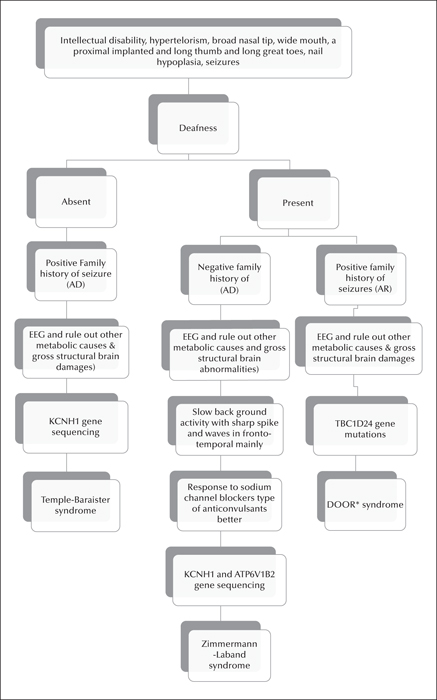Epileptic Disorders
MENUEpilepsy in KCNH1-related syndromes Volume 18, issue 2, June 2016
Authors
1 Pediatric Neurology Division Department of Pediatrics, Child Neurology and Psychiatry, Sapienza-University of Rome, Rome, Italy
2 Florey Institute and University of Melbourne, Austin Health and Royal Children's Hospital, Melbourne, Australia
3 Institut für Humangenetik, Universitätsklinikum Essen, Universität Duisburg-Essen, Germany
4 Department of Pediatrics, Saveetha Medical College, Chennai, India
5 Department of Pediatrics, University of Washington, Seattle, WA, USA
6 Bambino Gesù Children Hospital, Rome, Italy
7 Klinik für Neuropädiatrie, Klinikum Oldenburg, Germany
8 Division of Medical Genetics, Department of Pediatrics, Duke University Medical Center, Durham, USA
9 Department of Pediatrics, University of Montreal, Montreal, Canada
10 Victorian Clinical Genetics Services, Murdoch Childrens Research Institute, Royal Children's Hospital, Melbourne, Victoria, Australia
11 Department of Paediatrics, University of Melbourne, Melbourne, Victoria, Australia
12 Division of Pediatric Neurology, Department of Pediatrics, Duke University Medical Center, Durham, USA
13 Department of Genetics, University of Groningen, University Medical Center Groningen, The Netherlands
* Correspondence: Vincenzo Leuzzi
Pediatric Neurology Division,
Department of Pediatrics,
Child Neurology and Psychiatry,
Sapienza-University of Rome, Italy
- Key words: Zimmermann-Laband syndrome, Temple-Baraitser syndrome, genetic epilepsy, undefined intellectual disability, KCNH1-related encephalopathy
- DOI : 10.1684/epd.2016.0830
- Page(s) : 123-36
- Published in: 2016
Aim
KCNH1 mutations have been identified in patients with Zimmermann-Laband syndrome and Temple-Baraitser syndrome, as well as patients with uncharacterized syndromes with intellectual disability and overlapping features. These syndromes include dysmorphic facial features, nail hypo/aplasia, thumb and skeletal anomalies, intellectual disability, and seizures. We report the epilepsy phenotype in patients with KCNH1 mutations.



